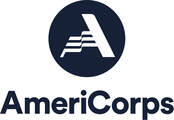|
Check out this video about the Tygart Valley Homestead Project in Randolph County. Do any of these places look familiar? Video created by Gerry Milnes and the Traveling 219 Project.
On behalf of the Preservation Alliance of West Virginia (PAWV), the statewide nonprofit dedicated to historic preservation, I am writing in regards to the Beckley Newspaper Building located at 345 Prince Street, which is the subject of a possible demolition project using HUD federally-funded Community Development Block Grants (CBDG). The PAWV respectfully requests that this project be reconsidered and the funds be repurposed as they can be used for various purposes that contribute to the economic vitality of the district and the downtown, providing a great benefit to low- to moderate-income residents.
The purpose of the CDBG is to benefit low- to moderate-income citizens in your community. It is the understanding of the PAWV that the Beckley Newspaper Building is owned by a private citizen, and the citizen has neglected the building for years, in addition to not addressing broken windows and insecurity. This has led to the building’s consideration as being a slum and blight on the City of Beckley. It is also the understanding of PAWV that demolishing this building could be considered Clearance under the National Objective for Slum/Blight Removal. For the CDBG to be eligible in this case, the project is meant to “benefit all residents in a particular area, and at least 51% of those residents are low- to moderate-income persons (CDBG grant guidelines).” The PAWV humbly submits the following questions related to the implementation of these guidelines when selecting this project:
In addition to clearance, CDBGs can be used for rehabilitation and historic preservation of buildings. The PAWV has additional questions related to this project and how it could continue to contribute to the national register designation and the local historic preservation ordinance.
The Beckley Newspaper Building is a historic site in the nationally-significant Beckley Courthouse Square Historic District. This honorary designation creates funding opportunities for all the property owners in the district. These funding opportunities include historic preservation grants (up to 50% of expenditures) and a historic tax credit (up to 30% of expenditures for commercial properties). The structure at 345 Prince Street is directly connected to the property at 341 Prince Street by a fire escape. These two properties should be treated as one cultural resource, although the National Register listing for the Beckley Courthouse Square Historic District describes these two buildings as separate. It is important to recognize that the 66 year-old building at 345 Prince Street, which is where the Raleigh Register newspapers were printed, is directly associated with the Gorman, Sheatsley, and Hatchinson or Beckley Newspaper Office building next to it. Back then the newspaper probably built two separate buildings because of the noise from the printing presses and the greater fire risk in the newsprint building. According to the November 1956 Telephone Directory for Beckley, when the Raleigh Register newspaper was operating, both buildings shared the same address, 341 Prince Street. However, by the time the Beckley Courthouse Square Historic District was listed in 1994 the two buildings had different addresses and received separate evaluations. WWNR radio occupied the former Raleigh Register newsprint building with its current 345 Prince Street address while Gorman and Sheatsley Law firm occupied the former Beckley Newspaper building at 341 Prince Street. With this information in mind, these two properties are directly related and connected. The PAWV submits one final question:
The PAWV would like to thank the City of Beckley for the opportunity to submit the comments and questions related to the Beckley Newspaper Building project. We would also like to offer our services related to developing a historic preservation plan for the Beckley Newspaper Building and for any projects affecting the Beckley Courthouse Square National Historic District. The PAWV is sensitive to the challenges the City faces on a daily basis but respectfully suggests that the CDBG funds could be used in an alternative way that benefits low- to moderate-income citizens, as well as preserving the historic character of the district. Please contact me for any questions about the content of this letter.
Although Mayor Bill O’Brien has expressed his belief that the building should come down, he emphasizes that no decisions have been made. Demolition will take place using Community Development Block Grants made possible through HUD (federally-allocated) funds. These grants can also be used for rehabilitation and preservation projects, but their aim is to benefit low- to moderate-income people.
The West Virginia State Historic Preservation Office has said although the property is not archaeologically significant, it may be architecturally significant because it was constructed in the 1950s. It is within the boundaries of the Beckley Courthouse Square Historic District It may be eligible for the National Register of Historic Places, and demolition would be considered an “adverse effect” to a district already considered “endangered” by the Preservation Alliance in 2015. Delisting would prevent downtown property owners from applying for certain preservation grants and state and federal historic tax credits. Because the city plans to use HUD Community Development Block Grant (CDBG) funds to demolish the building, a public meeting must be held by law. Walter Hagland with Urban Design Ventures will be present at the meeting to answer questions. When The Register-Herald reached out to Hagland in March, he said rehabilitation of the building would not be economically feasible. However, he could not provide specific figures for rehabilitation or demolition. Jim Chambers, a downtown property owner, said he wants to see those numbers. “Why would the city want to spend money on someone else’s building?” Chambers questions. “As a property owner, you’re responsible for your own building.” He said property owners should be held responsible for their buildings, and that grant funds should not be used to tear down this property. Chambers also questions the plans for the property if the building is demolished — Will it remain an empty lot or will something be built in its place? Anyone interested in sharing opinions may do so at 4:30 p.m. Tuesday at council chambers at City Hall, 409 S. Kanawha St. in Beckley. Written comments may be mailed to Angela King, grants administrator for the City of Beckley, at 409 S. Kanawha St., Beckley, WV 25801. Some content reproduced from the Register Herald at http://www.register-herald.com/news/public-encouraged-to-share-comments-on-potential-demolition-of-downtown/article_b4520c52-b801-58bf-a8a8-5d858cd73668.html Much of this content can be credited to Wendy Holdren, Register Herald reporter. The Preservation Alliance of West Virginia announced on May 6, 2016, during a press conference at Charleston’s Staats Hospital Building, the addition of four resources to its list of over 40 endangered historical properties across the state. Thank you to Gaddy Engineering for sponsoring this special event. A 1921 African-American church in the former coal camp of Tams, a 1939 school in the New Deal community of Dailey, a 1928 bridge in Hinton, and a c. 1880-1900 city block in downtown Wheeling have all been designated as endangered by the alliance. New Salem Baptist Church is the only building that remains in the coal camp in Tams (Raleigh County). The Gothic Revival church was built in 1921 for black miners and their families. The church reached its peak during the 1930s, serving 350 members. After the mine sold in 1955, the community began to empty. Outside coal companies bought and moved many of the buildings. The last residents left in the 1980s. The church has always had an active congregation (currently around 10 members). Maintenance is the chief issue, as is keeping the property as a church for the long-term. The deed’s reversion clause apparently states that the parcel will revert to ownership by the present Western Pocahontas Land Company should it cease to be a house of worship. The congregation and all other engaged parties agree the church should be preserved perpetually as a monument to the communities that once populated the Winding Gulf and as a memorial to the former black community of which the church is the sole remnant.
Homestead School is an elementary school serving the Tygart Valley Homestead communities of Dailey, East Dailey, and Valley Bend (Randolph County). The 1939, Art Moderne style school was an important part of resettlement plans to relieve desperate families in rural West Virginia during the Great Depression. The Tygart Valley Homestead was part of the Roosevelt Administration’s First Hundred Days legislation and was the state’s third (and largest) successful resettlement program. Homestead School, which featured First Lady Eleanor Roosevelt as its first graduation speaker, is the last operational school of the 99 built during the era. Homestead School is in danger of closure due to lack of funding to maintain and rehabilitate the school. The Randolph County Board of Education (RCBE) was recently unable to pass a bond levy, which would have helped to pay maintenance costs at this school and others. A Friends group, the Homestead Association, helps counter these costs by fundraising and applying for grants to rehabilitate the school. The goal of the Homestead Association is to raise funds to keep the school functioning and to preserve the memory of the Homestead communities in the Tygart Valley. Avis Overhead Bridge connects Hinton and the neighboring community of Avis (Summers County). It is recognized in the 1984 West Virginia Bridge Survey as being historically significant. The Luten Bridge Company constructed the bridge in 1928. Its designer, Daniel B. Luten, claimed to have designed over 17,000 bridges, and the concrete Avis Overhead Bridge features his patented Rainbow Arch – built with curved, simply ornamented, solid parapets. The Avis bridge closed in 2003 when a new bridge was constructed nearby. The West Virginia Division of Highways (DOH) retains ownership and does not have plans to rehabilitate the bridge, which in need of concrete repairs, conduit replacement for decorative lighting, and grooming of the surrounding area. Local groups would like to see it reused as a pedestrian bridge. The DOH would consider giving up ownership of the bridge to a nonprofit, if that particular organization could demonstrate the long-term fiscal ability to inspect the bridge in accordance with National Bridge Inspection Standards and to maintain its safe operations for general public use. Wheeling’s 1400 Block of Market Street consists of three contiguous buildings (1425, 1429, and 1433) on the west side of Market Street in the Wheeling Historic District (Ohio County). All three (c. 1880-1900) have housed prominent, locally-owned and operated businesses – including Standard Cigar Works, Wheeling Candy Kitchen, and, most famously, Zellers Steak (in the middle of the three buildings, number 1429). Zellers was owned by Wheeling’s most notorious underworld figure, “Big Bill” Lias – with the first floor being a legitimate restaurant, while a plush gambling casino operated on the second floor. In addition to being a part of Wheeling’s fascinating past, the buildings are architecturally interesting. Number 1425 is Italianate, 1429 is Flemish with Medieval overtones, and 1433 is Victorian/Neoclassical. Facades of the upper floors of each building are essentially original, while the first floors have “contemporary” storefronts. Renovation of these first floors would enhance the architectural value of the entire block. The City of Wheeling acquired the buildings in 2014 and is willing to sell them to the right buyer, with a negotiable price. Anyone interested in buying any of the three buildings should contact the City of Wheeling’s Planning Department at 304-234-3701 and ask for the Request for Proposals detailing the requirements. “The Endangered Properties program allows Preservation Alliance to go into communities and assist their efforts to preserve and/or restore places that are important to them,” said Martha Ballman, former PAWV Executive Director, now serving on the Board of Directors. “It is a public statement that these places matter, not only to them but to us all by our shared heritage. Real progress has been made and many sites saved through these efforts. Our [Charleston] community has watched the Staats Hospital [a 2005 and 2012 WV Endangered Property] languish for many years, succumbing to vandals, time and the elements; PAWV recognition and local efforts are now making preservation of this historic building and its stories [a reality].” Disclosed annually since 2009, the list has become one of the organization’s most useful tools and has allowed it to build interest in the rescue of threatened landmarks and landscapes. After being nominated by individuals and organizations, properties which have been added to the alliance’s list are selected through a competitive application process based on imminent danger, on local support for their reuse, and on their listing on (or official eligibility for) the National Register of Historic Places. Properties that make the list qualify for assistance through the alliance. The organization’s Field Services Representative, Lynn Stasick, works with local residents rallying to save and repurpose these endangered sites – providing advocacy, capacity building, and preservation assistance such as structural needs assessments. Current Endangered Properties in West Virginia may be found on the Preservation Alliance’s website at http://www.pawv.org/endanger.htm. Citizens who are interested in assisting with preservation projects may contact the alliance at info@pawv.org or 304-345-6005. Visit www.pawv.org for preservation updates, for more information about each of the Endangered Properties, or to download a nomination form for next year’s Endangered Properties list.
Happy Retreat is the home of George Washington’s brother Charles, who is the founder of Charles Town. The oldest sections of the house, which sits on 12 acres, were built in the late 1700s. Efforts have been underway to preserve the property for public use.
A keynote address by Philip Mead, titled “George Washington’s Canvas Home: The History and Memory of the Revolutionary War Headquarters and Sleeping Marquee,” will take place on Friday, April 8, beginning at 7 p.m. at Fisherman’s Hall, 312 South West Street. Mead is a historian and curator at the Museum of the American Revolution in Philadelphia. Friday will also feature a silent auction fund raiser. Two panel discussions with noted historians and preservation experts will take place on Saturday, April 9 at Happy Retreat, 600 Mordington Avenue in Charles Town. The first session, from 9-11 a.m., will focus on “The History of Happy Retreat.” The second session, from 2-4 p.m., is titled “The Preservation of Happy Retreat.” To participate, reservations are appreciated, but not necessary. For more information, visitwww.shepherdphialphatheta.weebly.com.
The WV Endangered Properties List is a collection of historic resources identified annually as the historic assets in the Mountain State most in jeopardy of being demolished or destroyed. These properties are also good candidates for re-use in their communities. The alliance revived its endangered list program in 2009 with a competitive application process and with technical assistance provided to the stewards of the selected properties. Technical assistance includes on-site visits from staff and Preserve WV AmeriCorps members, guidance in preservation projects and assistance in organizing clean-up days, hands-on workshops, or other skilled preservation activities.
There is special criteria to be identified as a WV Endangered Property. Each property must be listed or eligible for listing in the National Register of Historic Places; suffer from a demonstrable preservation emergency; and maintain owner and local support for the re-use of the property in the respective community. Owner support is necessary because it’s the first step to ensuring the preservation process begins. It is PAWV’s goal to encourage owners to turn these properties into viable contributors to WV’s economy. Properties that were formerly on the endangered list but have graduated to saved include the First Ward School in Elkins and the Quarrier Diner in Charleston. The Preservation Alliance of West Virginia is the statewide, nonprofit dedicated to promoting historic preservation and our state’s cultural heritage. The Preservation Alliance of WV is postponing the due date for nominations for the 2016 WV Endangered Properties List. The original due date was scheduled for November 15, 2015. As we are re-working our annual schedule of events, we plan to have the nominations due sometime this winter with the announcement occurring this spring. Check back for more information. For questions, contact Lynn Stasick at lstasick@gmail.com.
Read the full Beckley Historic District Report
Beckley officials should follow established laws to save their city’s endangered downtown historic district, according to an assessment released by the Preservation Alliance of West Virginia. Though alterations have harmed the integrity of the district, the assessment identified multiple recommendations that should help protect its federal status as well as financing for future development. The 27-page assessment performed by alliance staff and an AmeriCorps member over the last five months included a building-by-building review of the district and a review of the codes, bylaws, and guidelines that govern the Beckley Historic Landmarks Commission, the architectural board established to manage its development. The alliance initiated the assessment after the downtown was added to the West Virginia Endangered Properties List. The declaration was the first in which the alliance had included an entire National Register historic district. The declaration came after the State Historic Preservation Office warned that mounting alterations could trigger the district’s removal from the National Register of Historic Places — a warning that had been issued with growing intensity since alterations and demolitions began to occur in the late 1990s. Thankfully the assessment found that city laws were in keeping with state enabling legislation and the standards set forth by the U.S. Department of the Interior and that adjustments to current laws would not be necessary. There are no gray areas here, and saving the district will probably require only that the landmarks commission follow its laws and seek expert counsel when faced with questions. As in many historic districts nationwide, alterations to building exteriors and public spaces such as those in downtown Beckley must be approved by a landmarks commission and provided a certificate of appropriateness. Buildings in the downtown, many of which were constructed in the 1920s and 1930s, are to be returned to their original appearances, according to municipals laws enacted in the 1990s when the national historic district was established. The assessment also includes case studies of practices in other historic districts in West Virginia and suggestions for preservation practices relevant to the architectural problems in the district. The alliance recommends that downtown property owners organized through the Downtown Beckley Business Association work toward engaging the National Main Street Center in its effort to revitalize the district. Other cities across the U.S. have accomplished this, and we see no reason why Beckley officials cannot through due diligence achieve the same excellence. The assessment includes information relevant to tax credits, preservation tips, and eco-friendly rehabilitation practices of which property owners should be aware. Preservation Alliance would especially like to thank Preserve West Virginia AmeriCorps’ Nicole Marrocco for her efforts preparing the assessment. Marrocco’s position is made possible through an AmeriCorps state grant administered by Volunteer West Virginia and the Corporation for National and Community Service. Preservation Alliance would also like to thank the Downtown Beckley Business Association for requesting the assessment, and the West Virginia State Historic Preservation Office for providing input regarding the report. |
News and NotesCategories
All
Archives
January 2024
Subscribe to our mailing list to receive e-news updates on historic preservation news and events in West Virginia.
|
Get Involved |
Programs |
Contact UsPreservation Alliance of West Virginia
421 Davis Avenue, #4 | Elkins, WV 26241 Email: info@pawv.org Phone: 304-345-6005 |
Organizational Partners:
© COPYRIGHT 2022 - PRESERVATION ALLIANCE OF WEST VIRGINIA. ALL RIGHTS RESERVED.

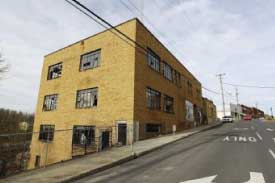
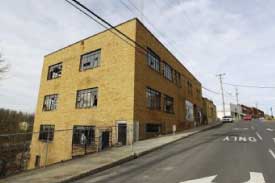
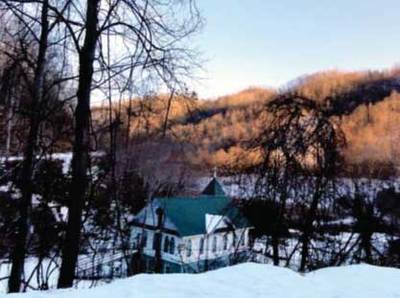
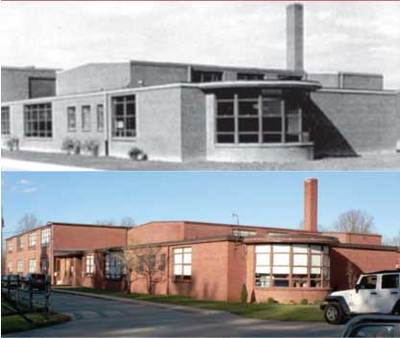
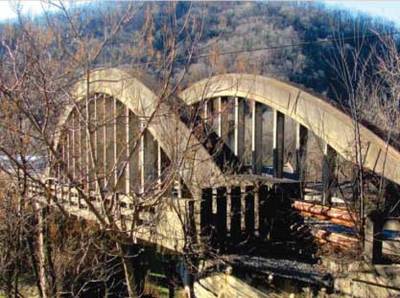
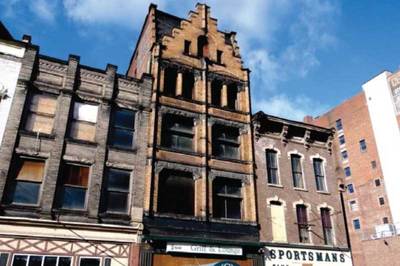

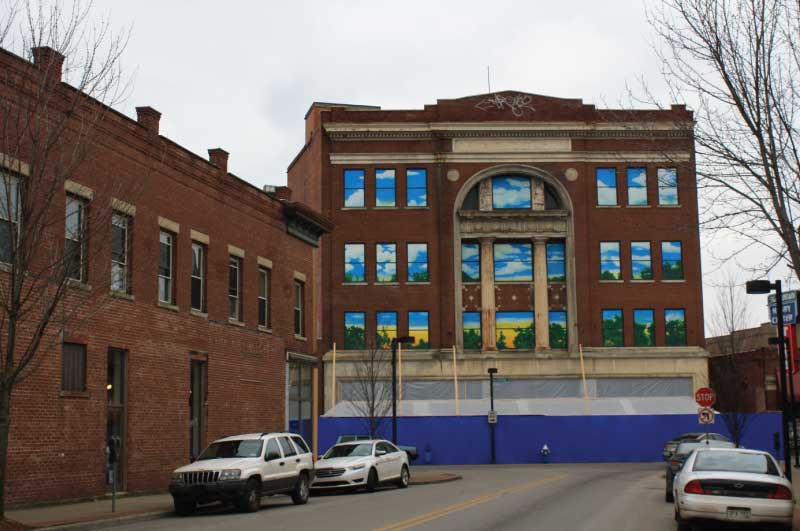

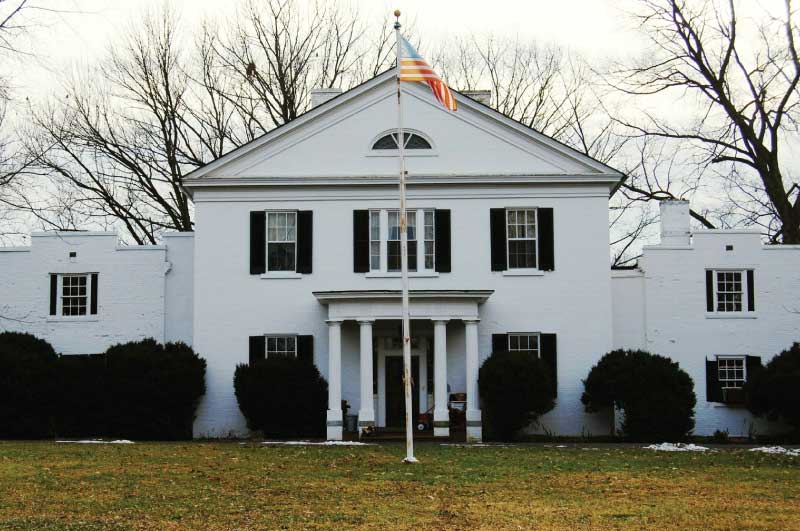
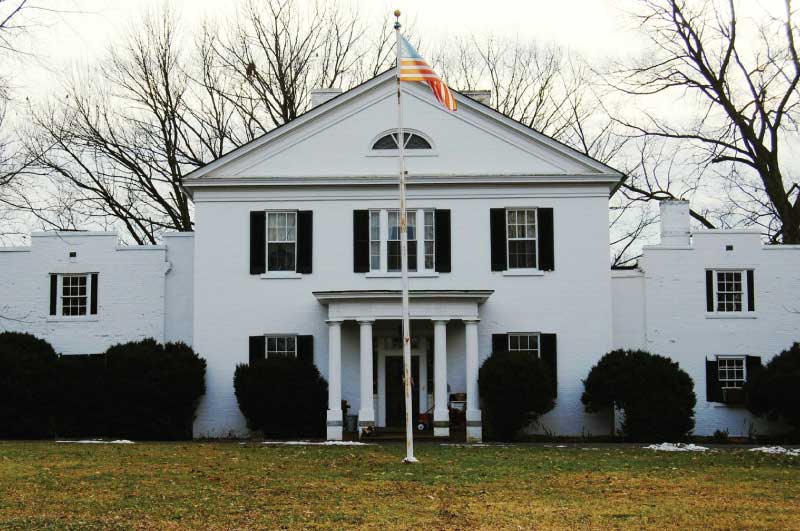
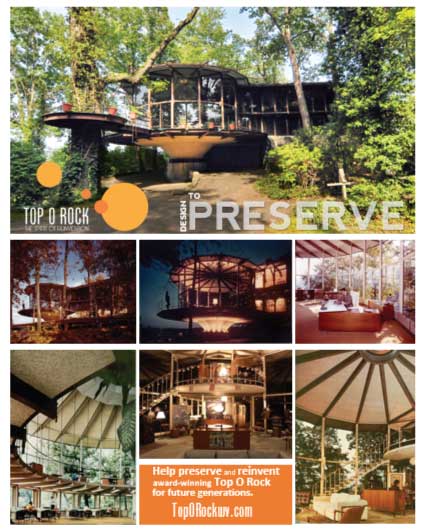
 RSS Feed
RSS Feed

